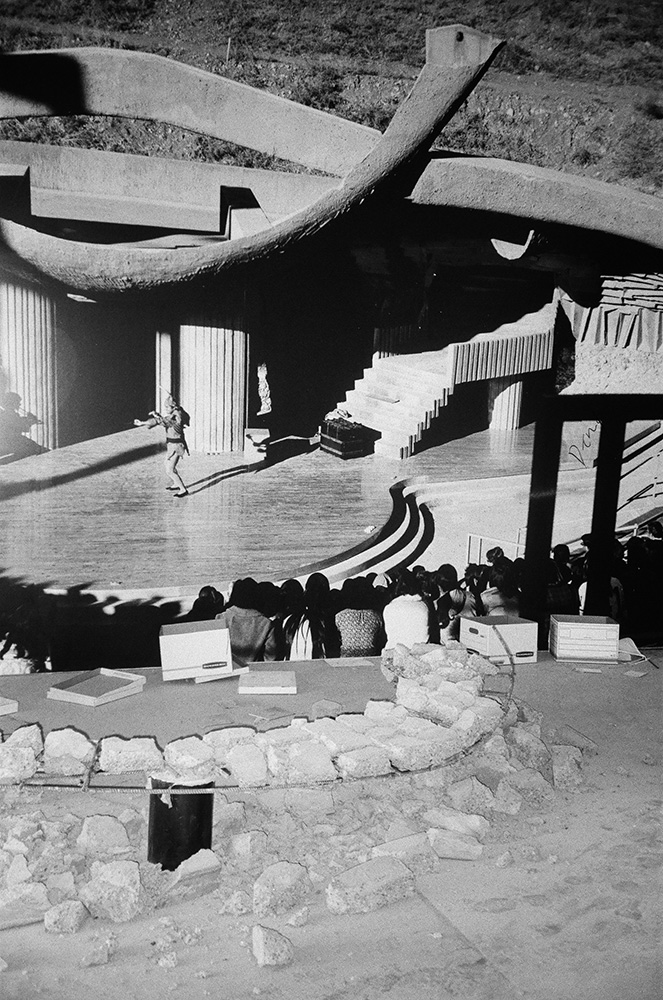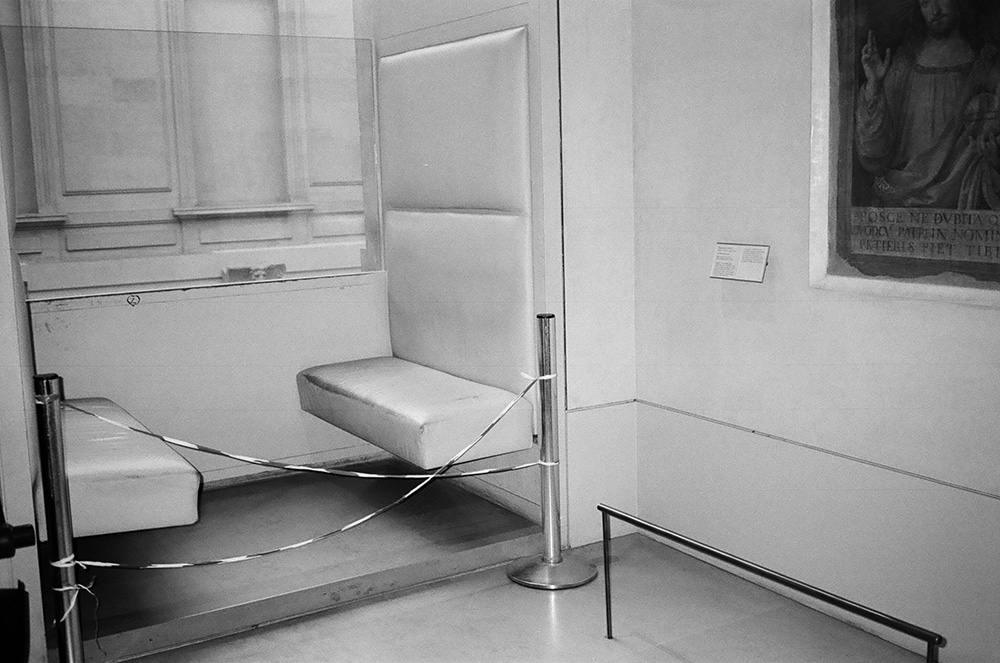
















It has been quite the year for any given art institution. The public at large and museum patrons have been calling for a greater sense of transparency in where museums get their money from and who is donating the money. The protests happening at the Whitney Biennial against Warren Kanders, vice president of the museum's board and a businessman, wealthy from weapon manufacturing, is a great example of a supposed societal desire to have philanthropy be an ethical practice. The same has occurred to the donations the Metropolitan Museum of Art took from Sackler Foundation, one of the largest arts foundation in America, but a main culprit in the Opioid epidemic. In 2019, these large institutions produce symbolic gestures to champion their own financial ethics, while perhaps ignoring the larger legacy of western political history and the museum's role as a venue of colonial and capitalist extraction.
To combat this, several institutions, including locally SITE Santa Fe, have written land acknowledgements to bring transparency to the stolen indigenous land their institutions rest upon. While museums seek to create their own truth and narrative in our postmodern age, self-obsessed with its legacies of violent white supremacy and reactionarily liberal white guilt, there seems to be a lack of concrete pragmatism and much more so hashtagged grievances towards a decolonized world. These institutions, in my artistic opinion, are more concerned about the facade of their ethics, than the actual structure of their actions.
So what is concrete in these places? What are the truths of the building and rebuilding of the physical structure of such a place? What do these museums look like in the shadows or where they are most honest? As a museum worker, I focus my lens on these forgotten moments, images that speak to the true cost of labor and corners of the museum that go forgotten, but tell larger narratives about the space they occupy than any art exhibition ever could.